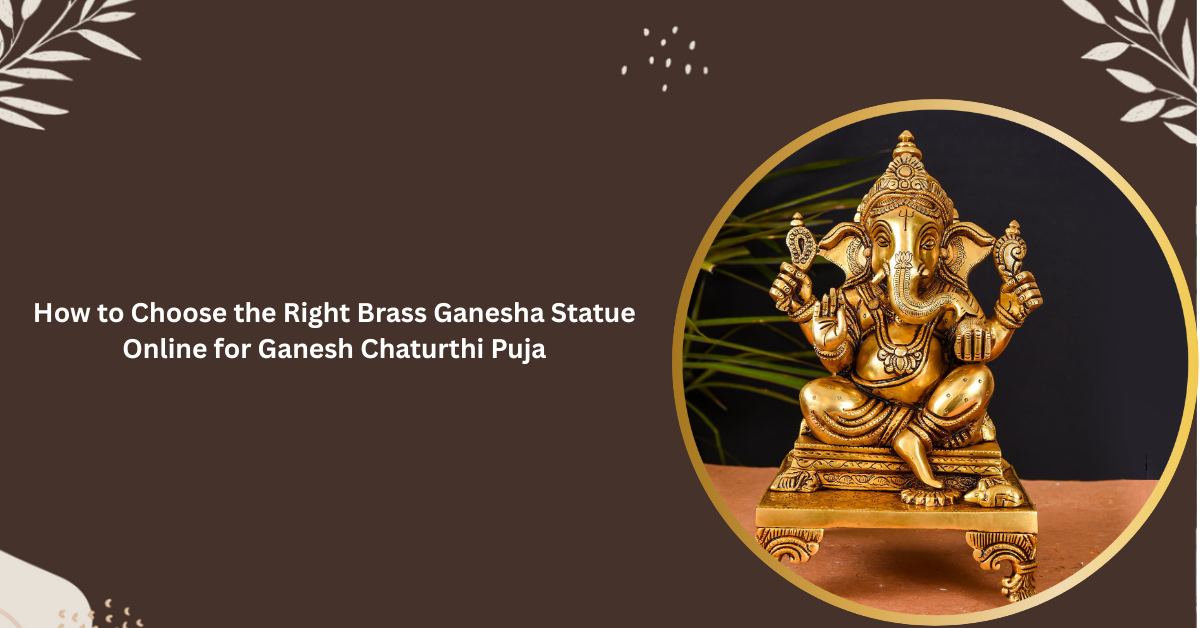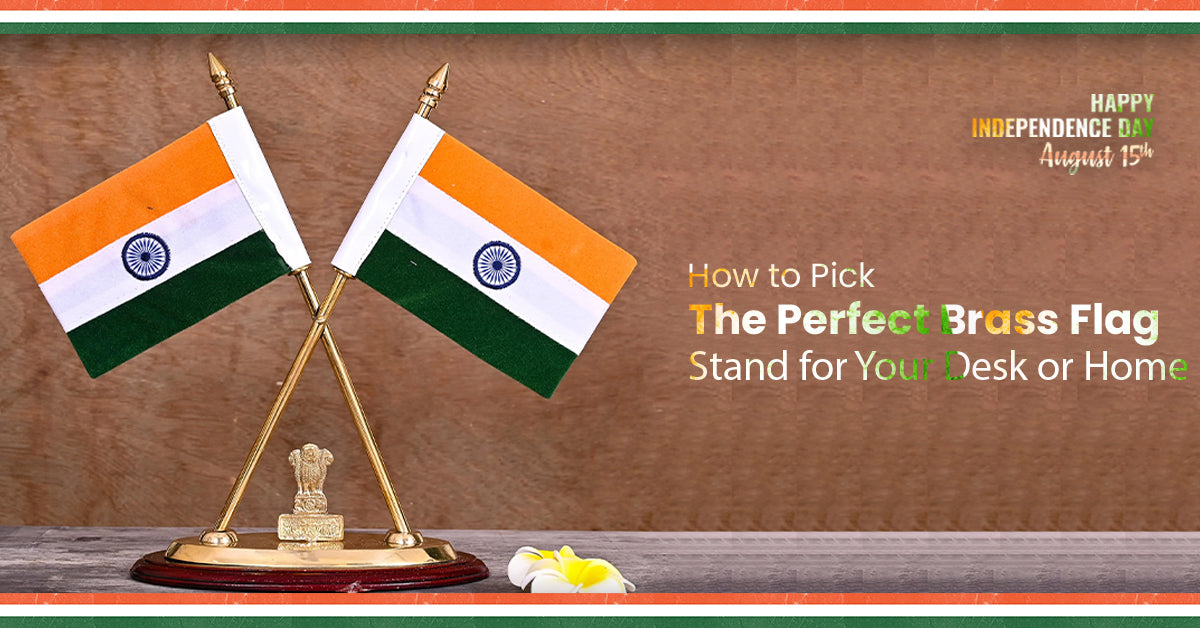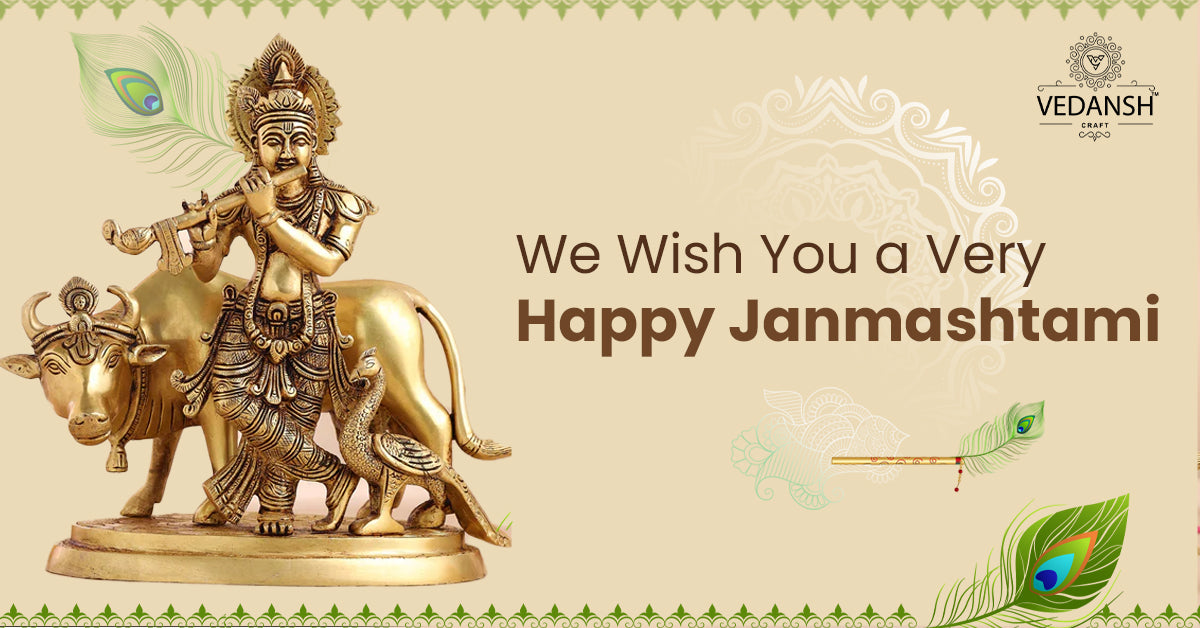

Shiva and Parvati: Symbol of Love, Devotion, and Faithfulness
, by javed techqart, 8 min reading time
In Hindu stories and beliefs, there is a special and much-loved couple: Shiva and Parvati. Shiva, often just called Shiva, is a really important god in Hinduism. He stands for things like change, transformation, and deep thinking.
Then there's Goddess Parvati, also called Shakti or Devi. She represents love, making things grow, devotion, and the kind of energy that balances Shiva's cosmic job. When they're together, they show how different things can come together in a perfect way, like creation and destruction, and how life works.
The Divine Couple: Shiva and Parvati
Lord Shiva is often shown with ash on his body, which means he's not interested in regular stuff like fancy things or lots of fun. He's like the leader of people who live very simply and think deeply, like monks.
Shiva has something special called a "third eye," which means he can see things that others can't, things that are both real and spiritual. He is super powerful, but he's also really calm and likes to think deeply. One of his famous pictures shows him dancing like he's in a big play. This dance is like a way of saying that he can get rid of things that make people confused and start new, better things.
Goddess Parvati is really special because she's actually the reincarnation of Sati, who was Shiva's first wife. She's the ultimate example of love and devotion. She's not just beautiful and graceful, but she's also incredibly devoted to Lord Shiva.
Parvati is also the mother of two dieties. One is Ganesha, who has an elephant head and is known for wisdom. The other is Kartikeya, the god of war. People often show Parvati as a loving and caring mom, which represents the super important feminine side of creation. Her love for Shiva shows us how love can be really powerful and bring people together in a special way.
The Story of How Lord Shiva Met Parvati
The story of Shiva and Parvati's union begins with Lord Shiva's deep meditation in the lofty peaks of the Himalayas. Immersed in his ascetic pursuits, Shiva was content in his solitary existence, completely detached from the world. However, destiny had other plans. Parvati, born as the daughter of the Himalayan king, was drawn to Shiva's austere presence.
Inspired by her love for Shiva, Parvati embarked on a journey to win his heart. She decided to undergo rigorous penance and transform herself into an ideal partner for the god of meditation and transformation. Parvati's unwavering determination and devotion touched the hearts of both mortals and gods alike.
As Parvati continued her penance, she faced numerous internal and external challenges. She endured harsh weather, physical hardships, and her own doubts. On the other hand, Shiva remained unresponsive to her efforts, testing her patience and devotion. This courtship was a test of Parvati's love and a divine play orchestrated by the gods to reveal the depth of their connection.
Shiva and Parvati's Marriage
Parvati's unwavering love and devotion eventually moved Lord Shiva. He realized that Parvati embodied Shakti, the divine feminine energy that complemented his own power. Shiva understood that their union was essential for maintaining cosmic balance. He agreed to marry her, and their decision to unite marked a pivotal moment in Hindu mythology.
The marriage of Shiva and Parvati was celebrated with unparalleled grandeur and joy. All the gods and celestial beings gathered to witness this divine union. The wedding procession was a magnificent spectacle, with Shiva adorned in resplendent attire and Parvati shining beauty and grace. The celestial marriage ceremony, known as "Vivaha Panchami," symbolized the harmonious merging of the male and female energies of the universe.
Significance of Shiva and Parvati's Marriage in Hindu Mythology
The marriage of Shiva and Parvati holds immense significance in Hindu mythology. It represents the ideal of marital bliss, devotion, and partnership. Their union signifies the harmony of opposites, as Shiva's asceticism and Parvati's devotion beautifully coalesce. It also exemplifies the concept of Ardhanarishvara, where Shiva and Parvati are depicted as a single androgynous deity, underscoring the idea of oneness in duality.
In Hindu rituals and prayers, devotees often invoke Shiva and Parvati together, recognizing their relationship's profound love and spiritual depth. Mantras such as the "Om Namah Shivaya" and the "Om Parvati Pataye Namah" celebrate their divine connection, offering blessings for love, harmony, and spiritual evolution. The love story of Shiva and Parvati continues to be a source of inspiration, reminding us of the transformative power of love and the eternal bond between the masculine and feminine energies that shape the cosmos.
Love Despite Differences
Shiva and Parvati, despite their divine connection, were inherently different in many ways. Shiva, the god of transformation and meditation, exuded a calm and detached demeanor. He often adorned himself with ash and lived in the rugged wilderness. In contrast, Parvati, the goddess of love and devotion, radiated liveliness and beauty. Her presence brought warmth and vitality wherever she went.
Shiva's tranquility and serenity starkly contrasted with Parvati's vibrant and vivacious personality. Her joyful and dynamic nature complemented his meditative stillness.
Shiva's disheveled appearance and ash-covered body symbolized his detachment from worldly desires. On the other hand, Parvati was described as the epitome of beauty and grace, captivating all who beheld her.
Despite their differences, Shiva and Parvati's love story is a testament to the idea that love transcends appearances and personalities. Their love is special because it demonstrates the harmonious blending of opposing qualities. Shiva's calmness balanced Parvati's liveliness, while her beauty complemented his asceticism. Their union exemplified the ancient Indian philosophy of Ardhanarishvara, where male and female energies are seen as inseparable, each completing the other.
How can Shiva and Parvati's Love Story Inspire Us?
The love story of Shiva and Parvati serves as a timeless source of inspiration in the modern world. It reminds us that love knows no boundaries, whether they are differences in personality, appearance, or circumstances. Their story teaches us the power of unwavering devotion and determination in the pursuit of love. Shiva and Parvati's love story reminds us that love can bridge gaps and bring harmony in a world often characterized by divisions and conflicts.
Shiva and Parvati's love story underscores the enduring values of love, devotion, and faithfulness. In today's fast-paced and sometimes fragmented world, their example reminds us of the significance of nurturing deep, meaningful relationships built on trust and loyalty. It encourages us to embrace devotion in our romantic, familial, or spiritual relationships and stay true to our commitments, just as Shiva and Parvati remained loyal to each other.
In Hindu mythology, the tale of Shiva and Parvati shines as a beautiful example of love, devotion, and staying true no matter what. They show us how love can change and balance things, even when people are very different. Their story reminds us that when we are truly devoted and faithful, we can overcome any challenges that come our way.
The love story of Shiva and Parvati shows us how important love, devotion, and staying true to one another are in our relationships. It teaches us to find harmony even when we're different and to understand how different energies can work together.
Shiva and Parvati are not just gods; they are also symbols of love's lasting strength. That's why their story still matters so much in our world, which is always changing.
Comments
-
Why god’s need love if he is god
Blog posts






